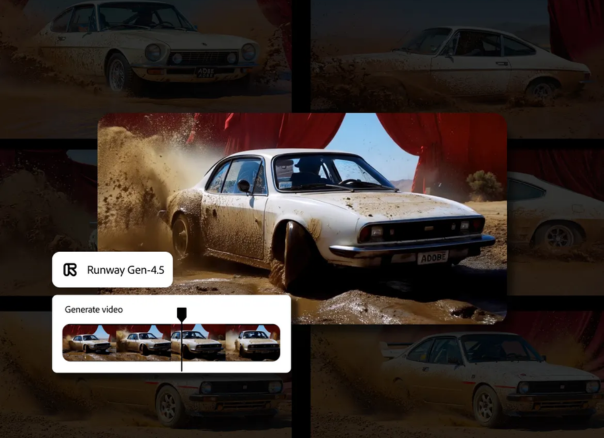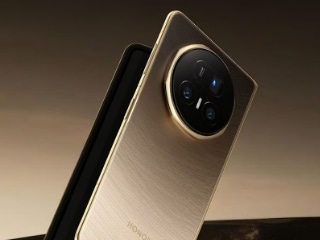- Home
- Transportation
- Transportation News
- Qualcomm Begins Testing Self Driving Technology in California
Qualcomm Begins Testing Self-Driving Technology in California

Joining the race towards building self-driving cars, global chip manufacturer Qualcomm has begun testing its self-driving chipset technology in California.
According to a CNBC report, California's Department of Motor Vehicles has issued the permit to Qualcomm for testing its technology.
The chip maker has now started testing vehicles equipped with its technology in San Diego County, the report added.
Nvidia and Samsung previously received permits to test self-driving cars in California.
"We certainly expect to be a key player in the autonomous space," Nakul Duggal, Vice President of Product Management for Automotive at Qualcomm, was quoted as saying.
Qualcomm in September announced "9150 C-V2X" chipset that lets cars communicate with other cars, as well as with infrastructure like traffic lights.
The C-V2X technology encompasses two transmission modes of direct communications and network-based communications, which are designed to serve as key features for safety conscious and autonomous driving solutions.
It also complements other Advanced Driver Assistance Systems (ADAS) sensors, such as cameras, radar, and LIDAR, to provide information about the vehicle's surroundings, including non-line-of-sight (NLOS) scenarios.
"The introduction of the Qualcomm 9150 C-V2X chipset builds on our leadership in automotive technologies, demonstrating our continued commitment to design and offer advanced solutions for safe, connected and increasingly autonomous vehicles," Duggal had said earlier.
"Qualcomm also plans to send test vehicles to Michigan, China, Germany, Italy and Japan to be able to gather data on the chipset's performance in various locations and conditions," the report added.
Get your daily dose of tech news, reviews, and insights, in under 80 characters on Gadgets 360 Turbo. Connect with fellow tech lovers on our Forum. Follow us on X, Facebook, WhatsApp, Threads and Google News for instant updates. Catch all the action on our YouTube channel.
Related Stories
- Samsung Galaxy Unpacked 2025
- ChatGPT
- Redmi Note 14 Pro+
- iPhone 16
- Apple Vision Pro
- Oneplus 12
- OnePlus Nord CE 3 Lite 5G
- iPhone 13
- Xiaomi 14 Pro
- Oppo Find N3
- Tecno Spark Go (2023)
- Realme V30
- Best Phones Under 25000
- Samsung Galaxy S24 Series
- Cryptocurrency
- iQoo 12
- Samsung Galaxy S24 Ultra
- Giottus
- Samsung Galaxy Z Flip 5
- Apple 'Scary Fast'
- Housefull 5
- GoPro Hero 12 Black Review
- Invincible Season 2
- JioGlass
- HD Ready TV
- Laptop Under 50000
- Smartwatch Under 10000
- Latest Mobile Phones
- Compare Phones
- OnePlus 15R
- Realme Narzo 90x 5G
- Realme Narzo 90 5G
- Vivo S50 Pro Mini
- Vivo S50
- OPPO Reno 15c
- Redmi Note 15 5G
- Redmi Note 15 Pro 5G
- Asus ProArt P16
- MacBook Pro 14-inch (M5, 2025)
- Infinix Xpad Edge
- OnePlus Pad Go 2
- OnePlus Watch Lite
- Just Corseca Skywatch Pro
- Acerpure Nitro Z Series 100-inch QLED TV
- Samsung 43 Inch LED Ultra HD (4K) Smart TV (UA43UE81AFULXL)
- Asus ROG Ally
- Nintendo Switch Lite
- Haier 1.6 Ton 5 Star Inverter Split AC (HSU19G-MZAID5BN-INV)
- Haier 1.6 Ton 5 Star Inverter Split AC (HSU19G-MZAIM5BN-INV)

















